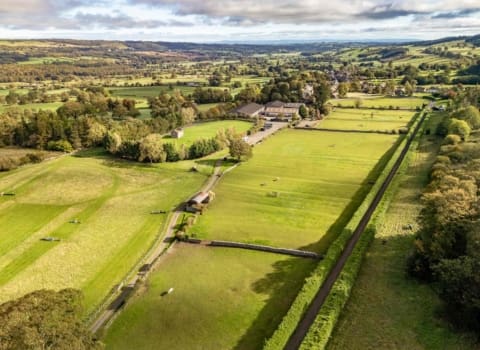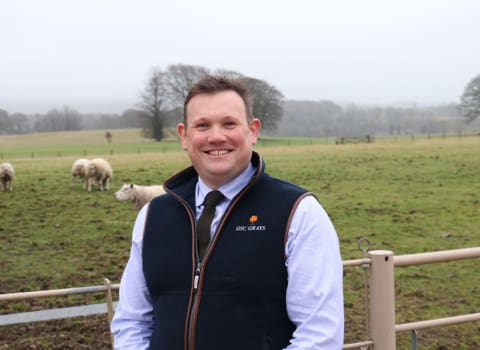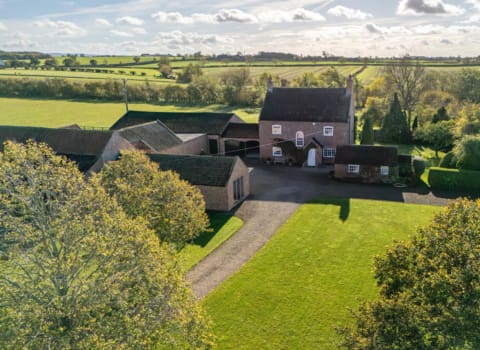Contact our offices
Main office
COLBURN
5 & 6 BAILEY COURT
COLBURN BUSINESS PARK
RICHMOND
NORTH YORKSHIRE
DL9 4QL
Estate Agency Offices are located in
BARNARD CASTLE, BOROUGHBRIDGE & RICHMOND
Residential Management Team
Our Offices
- Alnwick
01665 568310
Email Officealnwick@gscgrays.co.uk - Barnard Castle
01833 637000
Email Officebarnardcastle@gscgrays.co.uk - Boroughbridge
01423 590500
Email Officeboroughbridge@gscgrays.co.uk - Chester-Le-Street
0191 3039540
Email Officechester-le-street@gscgrays.co.uk - Colburn
01748 897630
Email Officecolburn@gscgrays.co.uk - Driffield
01377 337180
Email Officedriffield@gscgrays.co.uk - Hamsterley
01388 487000
Email Officehamsterley@gscgrays.co.uk - Hexham
01434 611565
Email Officehexham@gscgrays.co.uk - Kirkby Lonsdale
01524 880320
Email Officekirkbylonsdale@gscgrays.co.uk - Penrith
01768 597005
Email Officepenrith@gscgrays.co.uk
Greening Changes to consider!
GREENING CHANGES TO CONSIDER THAT WILL APPLY TO YOUR 2018 BASIC PAYMENT SCHEME APPLICATION (IN ENGLAND)
Whilst most farmers will have now finished their winter crop establishment, it is hoped that a thought has been spared towards Greening commitments relating their 2018 BPS application.
The first element, Crop Diversification or ‘the 3 crop rule’ as it is known to most, should be addressed whilst determining your cropping schedule for the year. The only reported change to the Crop Diversification rule is that an area can now be declared as a ‘mixed crop’ if it contains small areas of different crops grown next to each other that would individually be too small to claim (less than 0.01ha).
It is therefore assumed that the following will still apply in regards to Crop Diversification;
- If you have less than 10 hectares of eligible arable land you are exempt from these requirements
- If you have between 10 and 30 hectares of eligible arable land you must grow at least two different crops with the main crop covering no more than 75% of the eligible arable area.
- If you have over 30 hectares of eligible arable land you must grow at least three different crops again with your main crop covering no more than 75% of the eligible arable area and your main two crops covering no more than 95% of the eligible arable area.
Remember both Fallow and Temporary Grass are eligible arable crops.
Ecological Focus Areas (EFA) have been subject to several rule changes this year. Though the Rural Payment Agency is yet to publish detailed guidance on the 2018 scheme rules below is a summary of what is known.
- The greening obligation remains at 5% for those who are not exempt.
- It is worth checking your requirement as the RPA carry out routine mapping changes that may slightly alter your eligible arable land area.
- Always allow a small buffer on top of the 5% to account for measuring inaccuracies.
- A complete ban on the use of Plant Protection Products (PPP’s) (including Seed Dressings) is now in place on EFA Fallow land, Catch and Cover crops and Nitrogen Fixing crops.
- For Nitrogen Fixing Crops, Catch and Cover crops this ban applies for their duration.
- For EFA Fallow the period runs from the 1st of January to 30th June 2018 therefore pesticide applications would appear to be allowed this autumn to control any problem weeds.
- The EFA option for hedgerows has been extended to include ‘trees in a line’, at the same values as for hedges
- The period for EFA Catch Crops is now from the 20th August 2018 until at least the 14th October 2018 (a minimum of 8 weeks). The Cover Crop period remains the 1st of October 2018 to the 15th January the following year. Their respective EFA values remain unchanged.
- As well as pure stand Nitrogen Fixing Crops you will also be allowed to use mixtures of different Nitrogen Fixings Crops or mixtures of Nitrogen Fixing Crops and Other Crops providing over 50% of the stand is a Nitrogen Fixing Crop – you’re still not allowed to use pesticides!
- The EFA Buffer strip option has been extended in definition to include permanent field margins as well as watercourse buffers at the same EFA values (0.9 conversion rate).
- These could include margins against hedges, fences, walls and tracks with the same rules applying in that strips must be at least a metre wide and within 5 metres of arable land.
- Margins can be co-located with your existing 2 metre hedgerow margins required by cross compliance. It is however worth remembering that to qualify as an EFA Buffer strip there must be at least 1 metre between the edge of the arable crop and the edge of the hedge. Cross Compliance margins are measured from the middle of a hedge. Should a hedge be particularly wide this may not leave enough ‘Buffer strip’ between the hedge and the crop to qualify.
- Unlike locating EFA Fallow, Catch or Cover crops next to an EFA hedge there is no need to reduce the area of any EFA Buffer strips that may be located next to an EFA Hedge due to them both being measured in linear metres rather than square metres.
This rule change offers a good alternative to those farmers who have in the past relied on Nitrogen Fixing Crops to satisfy their EFA commitment but do not wish to go organic. The majority of field boundaries will have an existing ‘buffer’ between the crop and the boundary already, so it may be as simple as leaving an extra half plough width.
One point to bear in mind is that the 1 metre width required for Buffer Strips needs to be evident at the time of an RPA inspection. These normally take place in the summer after the spring growth has occurred on the hedge. Therefore, if you leave a 1 metre width now it will be less than 1 metre come the summer and not meet the Buffer Strip rules!
The new rules don’t mean that you should abandon the use of Catch and Cover crops if they have worked for you in the past. Whilst you do hear varying results from their use depending on the farmer’s objectives, these will still have a place in some systems if a suitable seed mixture (with no seed dressings) can be found at a sensible price.
Furthermore, do not rush back to trying to crop every last square metre of the farm just because you don’t need to leave Fallow for EFA. The chances are that a wet/shaded field corner is still a wet/shaded field corner that won’t produce an economically viable crop. Perhaps there is now potential for these areas to be entered into a Countryside Stewardship Scheme?. However, be careful you do not fall foul of double funding rates that may apply if using Countryside Stewardship options to meet your EFA commitment. More information can be found on this in your Countryside Stewardship Agreement or on Natural England’s website.
PLEASE NOTE THIS IS SUBJECT TO CONFIRMATION FROM THE RPA
[team-member name=”Sam Dale”]









